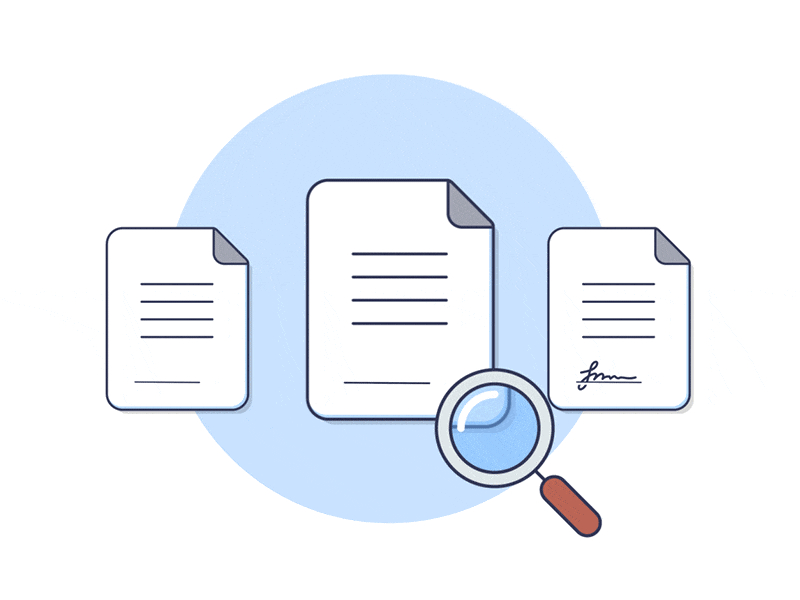An investor can easily start investing in IPO by opening a free demat account and trading account with SMIFS. Once done, they can buy and sell stocks. IPO is one such opportunity where an investor can buy fresh shares.
What is IPO?
An initial public offering, or “IPO,” is the process by which businesses list their stock on an exchange for the first time. Later, these businesses will be able to trade on the stock market.
Investors purchase these IPO stocks, allowing the company to raise money for business development. After that, investors can exchange these stocks among themselves. An investor only buys and sells stocks of a small fraction of a company that is being publicly traded.
Why to invest in IPO?
An investor must invest in IPO for the following reasons. They are:
- Investing in IPO offers a chance to get exposure to newly listed companies. There is always a chance for the company to prosper in the future market. In that case, the investor is likely to earn a good profit.
- By making a thorough research about the past performance of the company and the proceeds of the IPO, an investor can decide whether he/she should invest in it for the long-term or not.
- Investing in IPO is beneficial because it is open to all public investors and sets an example of transparent investment. Thus, they can bid for the stock, depending on their investment capital.
- Before investing in IPO, an investor should take into account the financials and fundamentals of the company, not the hype of the IPO. When the IPO is listed, each investor category of the market like the HNIs, Retail Investors, etc. have a set quota as to what percentage of stocks they can apply for, in the IPO.
- For investors who are not sure whether they should start investing in IPO or not can wait for some time so that the market appropriately prices the IPO.
What are the documents required for investing in IPO?
The most essential thing required for investing in IPO is opening a Demat account. By opening a Demat account trading account an investor can start investing in IPO.
For opening a Demat Account with SMIFS, investors will need the following documents:
- PAN Card
- Aadhaar Card
- 10 digit mobile number which should be linked with the aadhaar card
- Bank details
- Latest photograph
- Scanned signature
How to Invest in IPO?
Investors can invest in IPO through the SMIFS Elite application.
- Once the IPO has been released, investors can select the number of lots they want to buy. The amount of each lot is always within ₹15,000. An investor can invest a maximum of ₹2 Lakhs.
- After booking the lot, the total amount of the investor gets blocked in their bank account.
- If the investor can avail the IPO, the amount gets deducted from the bank. The stocks get transferred to the DP and then to the respective broker (SMIFS).
- If the investor is unable to get the IPO, the amount that was previously blocked in the bank account gets unblocked.
Facts to keep in mind while investing in IPO
There are a few factors that investors should keep in mind when they want to apply for IPO. These are:
1. Always Read the Red Herring Prospectus:
When a company plans to solicit funding from the public by offering investors stocks of the business, it files a document to SEBI called the Draft Red Herring Prospectus, or DRHP. The company’s plans for using the funds will be explained in detail, as well as any risks investors might face, in the DRHP. So, before investing in IPO, investors must go through the DRHP.
2. Utilization of the Proceeds:
It is essential to look into the intended use of the IPO funds. If the company states that only debt will be repaid, then it might not be a desirable option to consider. However, if the company intends to raise money to partially pay off debt, expand the business, or use it for general corporate purposes, the money flow into the company becomes advantageous to investors.
3. Understanding the business:
Before making an investment, one should be aware of the business of the company. The following step is for the investor to recognize the market’s fresh opportunity. The growth and shareholder’s returns depend much on the size of the opportunity and the company’s ability to gain market stock. On the other hand, if the business activities are unclear to the investor, he/she should stay away from an IPO.
4. Promoter background and management team:
An investor should carefully examine the company’s management team. It is important to look at the company’s promoters and managers, who are essential to all of its operations and functions. The management of the company is in charge of moving it forward. The average number of years the senior management has been with the organization gives an insight about the working environment.
 5. Company’s potential in the market:
5. Company’s potential in the market:
An increased awareness can help investors evaluate the potential of the business. Further, it helps to assess the future possibilities during the time of an IPO. Investors get substantial returns on their IPO investments if the company does well after raising funds. A strong business model that can be sustained in the future should be followed by a company that launches an IPO.
6. Key strengths and strategies:
The DRHP can be used by investors to determine the company’s main strengths. Additionally, the investor should attempt to ascertain the company’s standing inside the sector it serves. He/she can get a better picture of the company’s future prospects by reading more about it, its positioning, and its strategy.
7. Comparative valuation of the company:
The company’s financial performance needs to be evaluated as to whether its revenues and profits have increased or decreased over the past few years. In case the revenues and profits are rising, an ideal investment can be made. Investors must always comprehend the company’s financial situation before investing in IPO. The offer price could be low, moderately valued, or overvalued based on the industry factors and profitability measures. It is thus important to analyse the values as well.
8. Investors’ investment horizon:
Investors should thoroughly research the company’s competitors. The DHRP should be compared to the listed competitors in terms of both financial data and valuations. One can look at comparative valuations to determine whether the company’s valuations are reasonable compared to those of its competitors.
It depends upon the timing of the stock market as to when an investor enters and leaves the market. In case of IPO, it is better to have patience. Depending on the fundamentals of the business and the risk taking capacity, an investor must start investing in IPO. Remember, a knowledgeable investor is likely to do well in the IPO market.





 5. Company’s potential in the market:
5. Company’s potential in the market:


